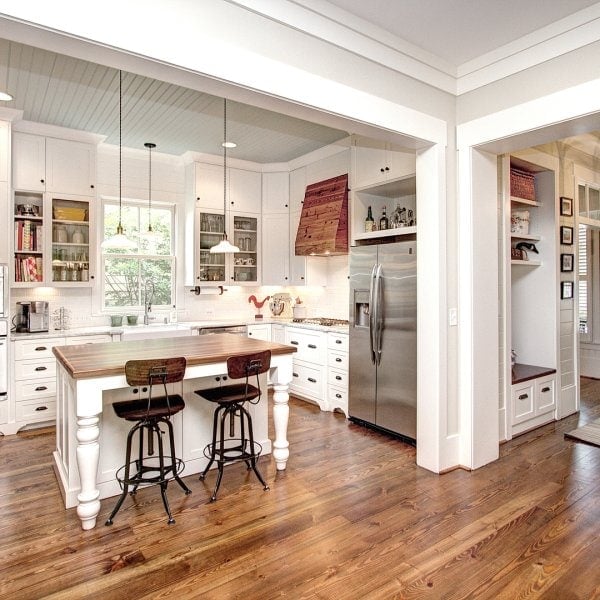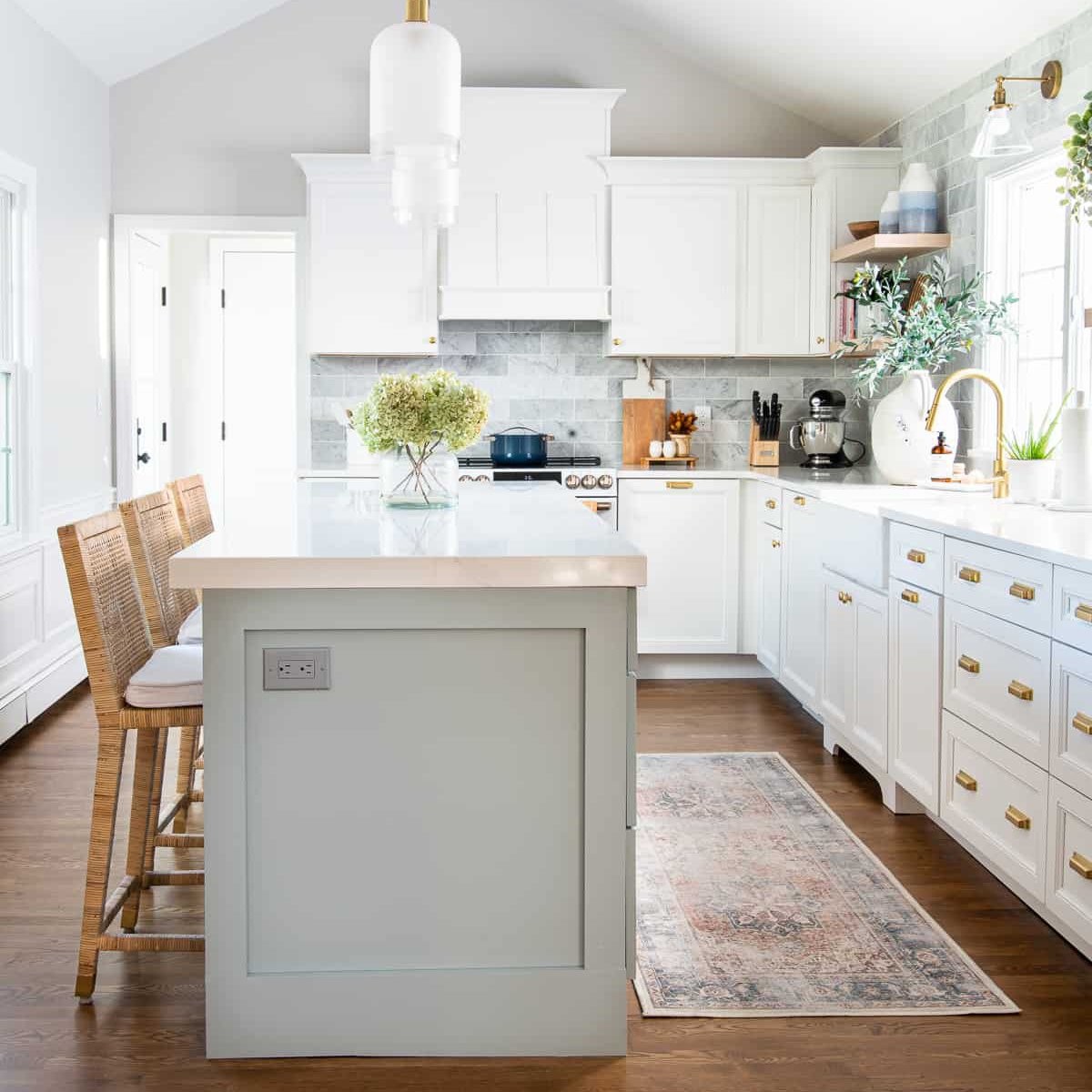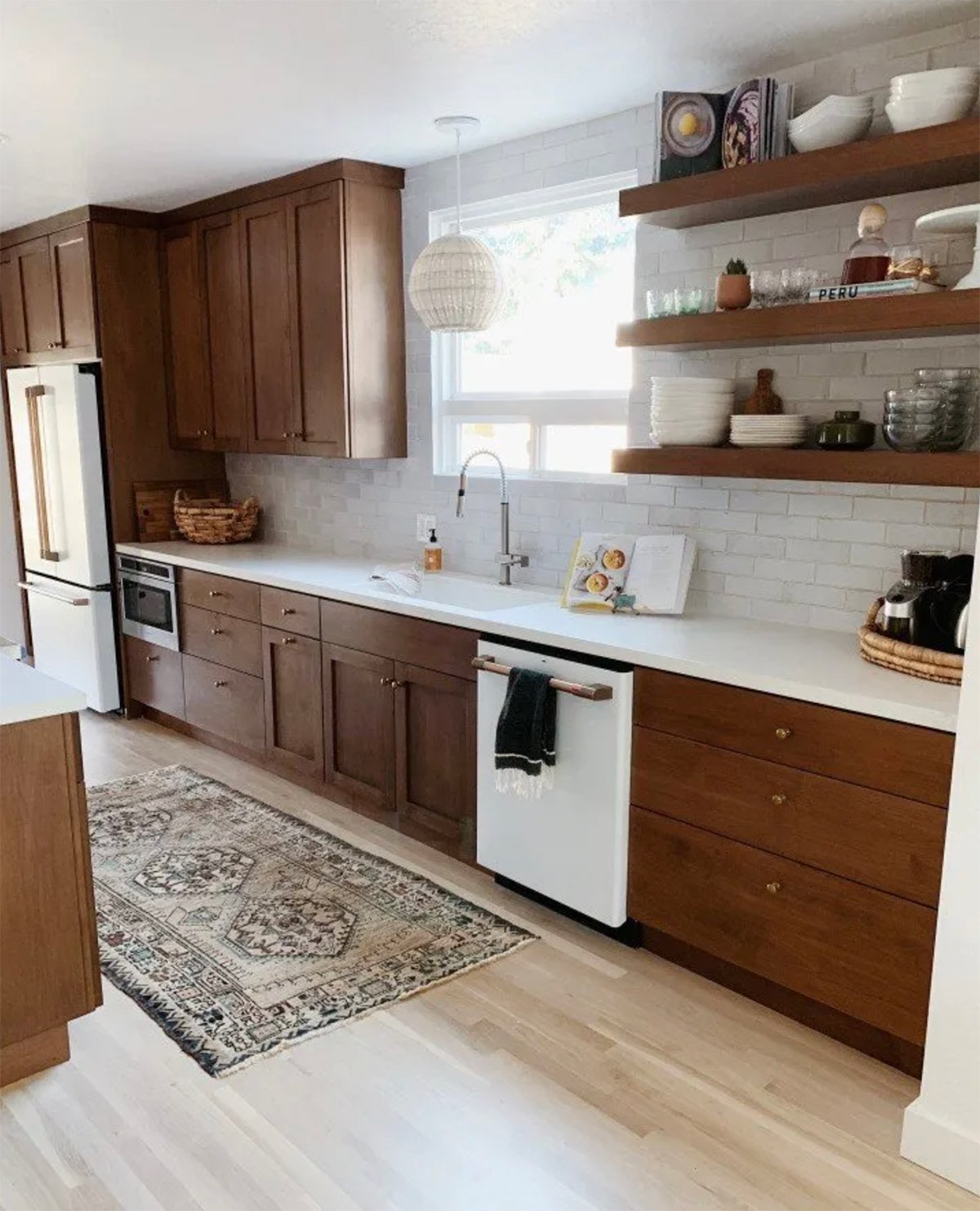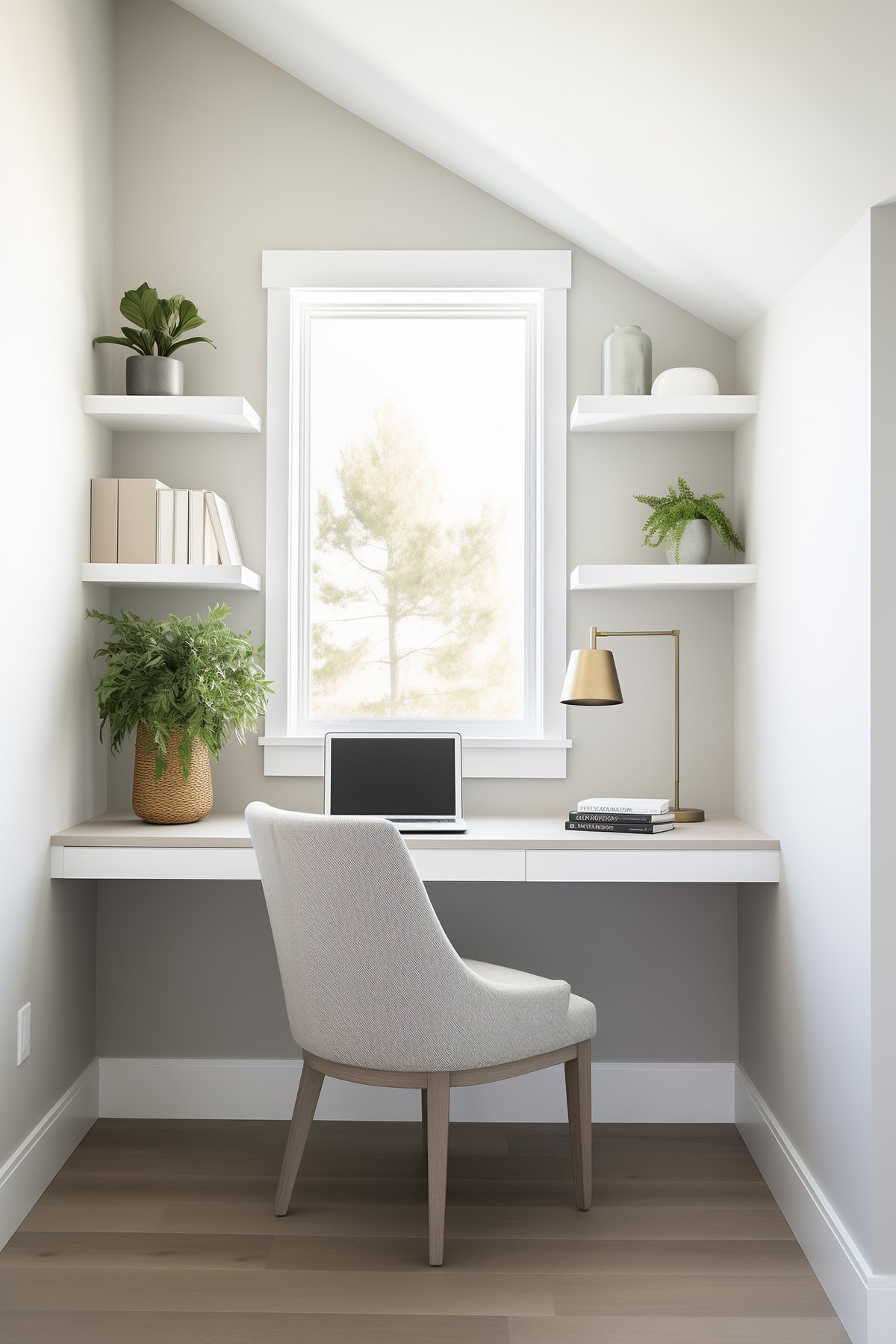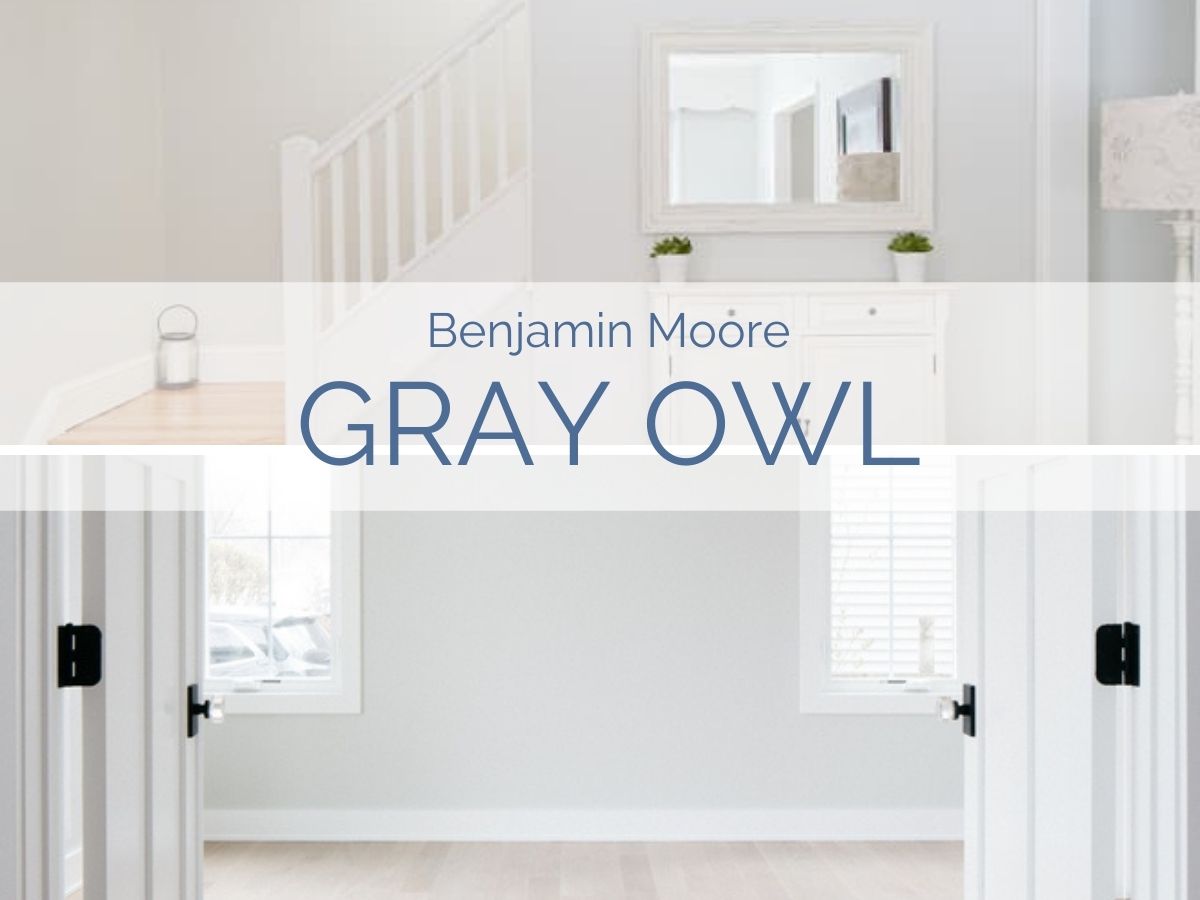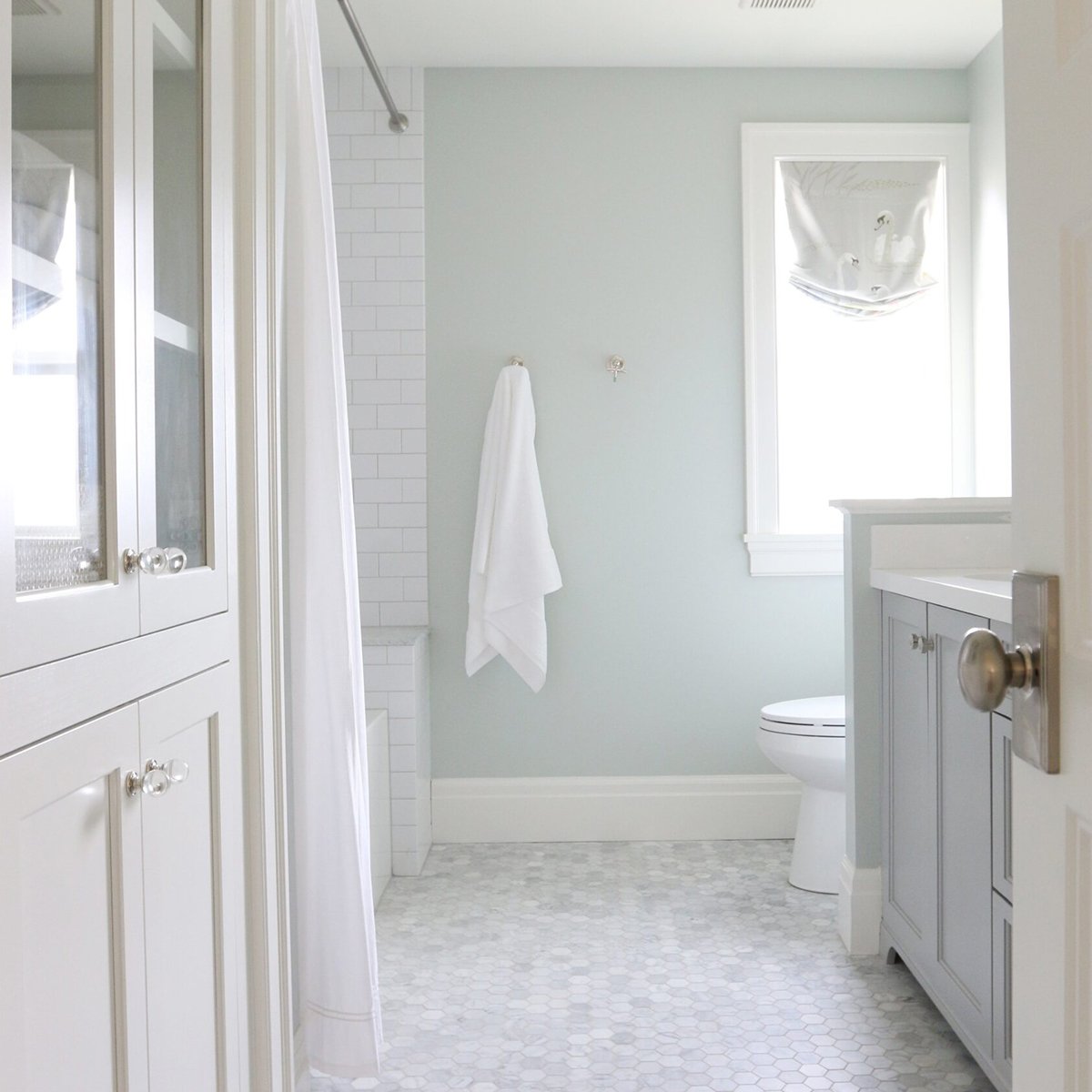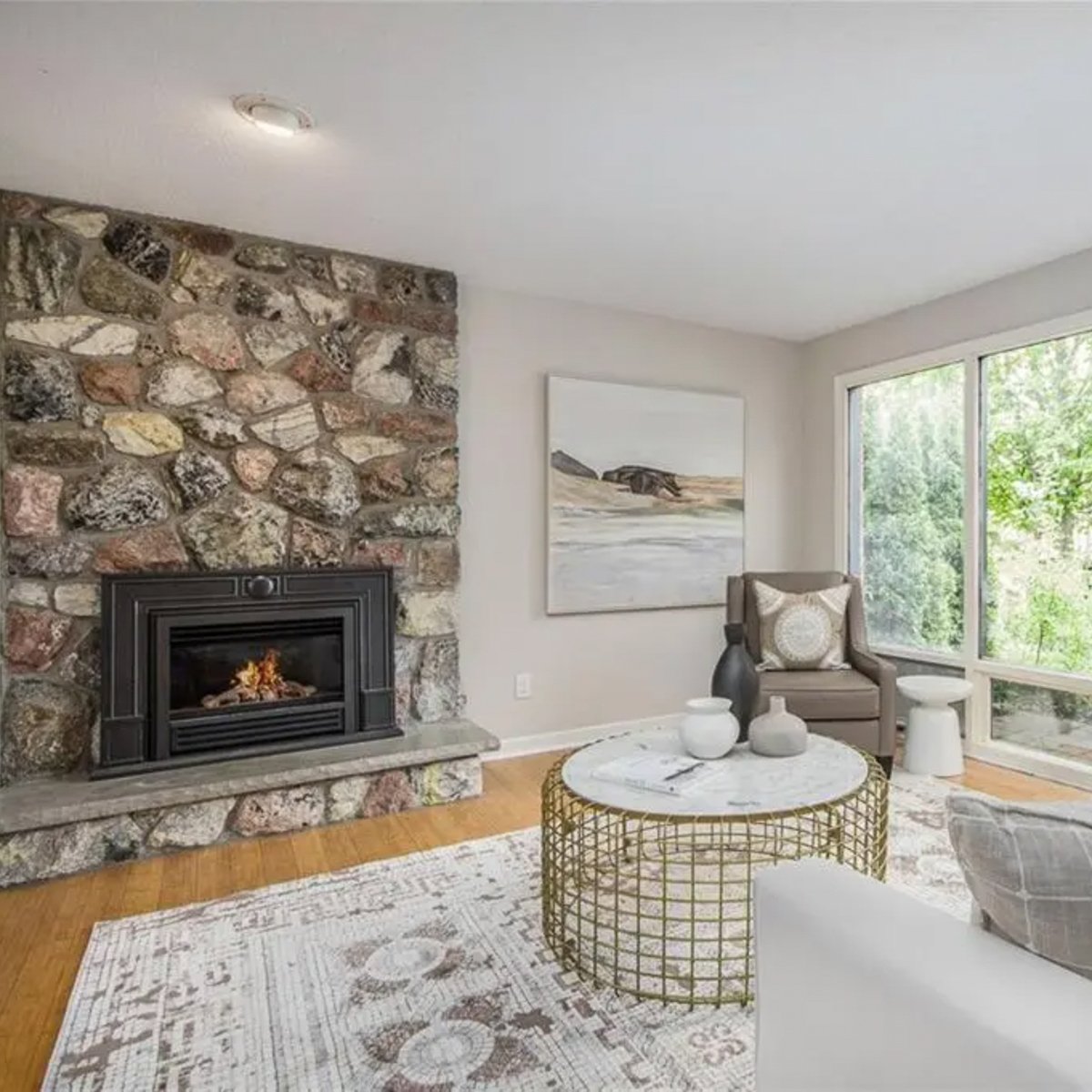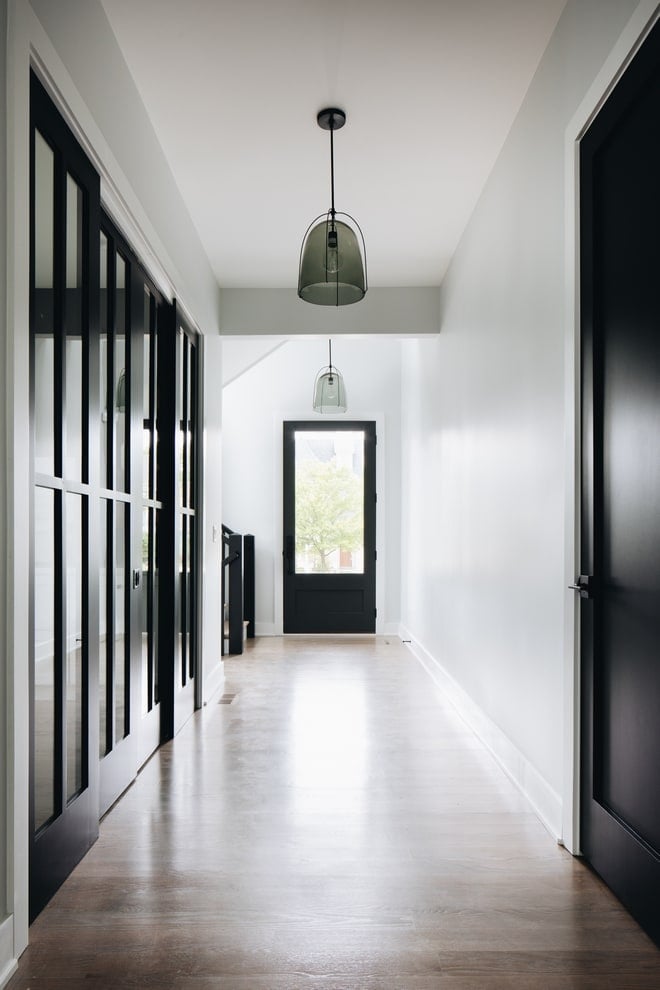Content may contain affiliate links. When you shop the links, I receive a small commission at no cost to you. Thank you for supporting my small business.
Let’s simplify the concept of LRV (Light Reflectance Value) and how homeowners can use it to enhance their spaces, along with providing a straightforward guide on LRV ranges for different types of colors.
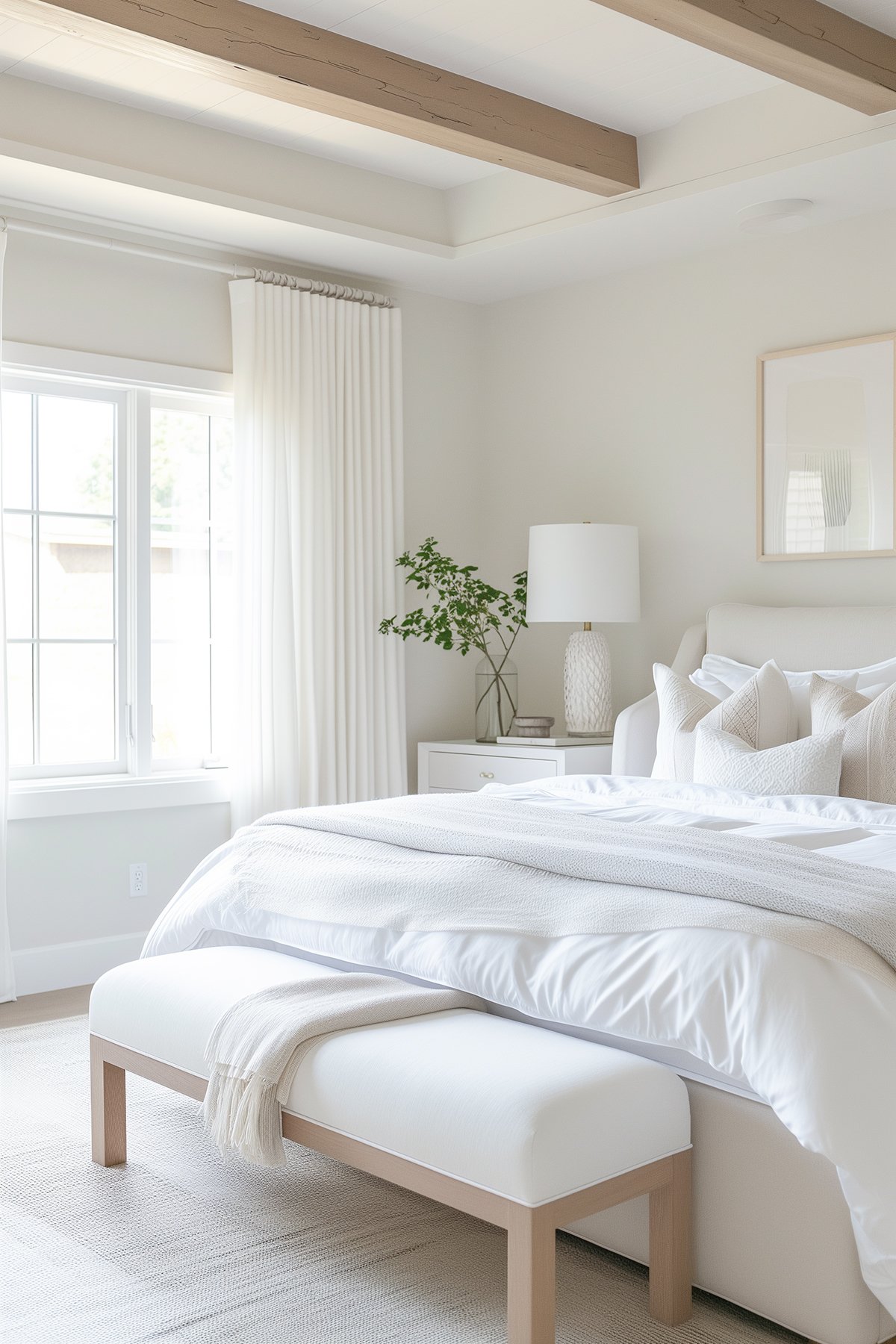
What is LRV in Paint Colors?
LRV, or Light Reflectance Value, is a measure on a scale from 0 to 100 that indicates how much light a paint color reflects. A color with an LRV of 100 reflects all light, appearing very bright, while an LRV of 0 absorbs all light, appearing very dark.
Why is LRV Important When Choosing Paint?
LRV is crucial because it helps you understand how light or dark a color will look in your space. It influences the mood, perception of size, and atmosphere of a room based on how much light is reflected or absorbed.
- Brighten Up Spaces: A paint color with a high LRV can make a room feel brighter and more open because it reflects more light.
- Create Coziness: A color with a lower LRV absorbs more light, making it ideal for creating a cozy or intimate feel in a space.
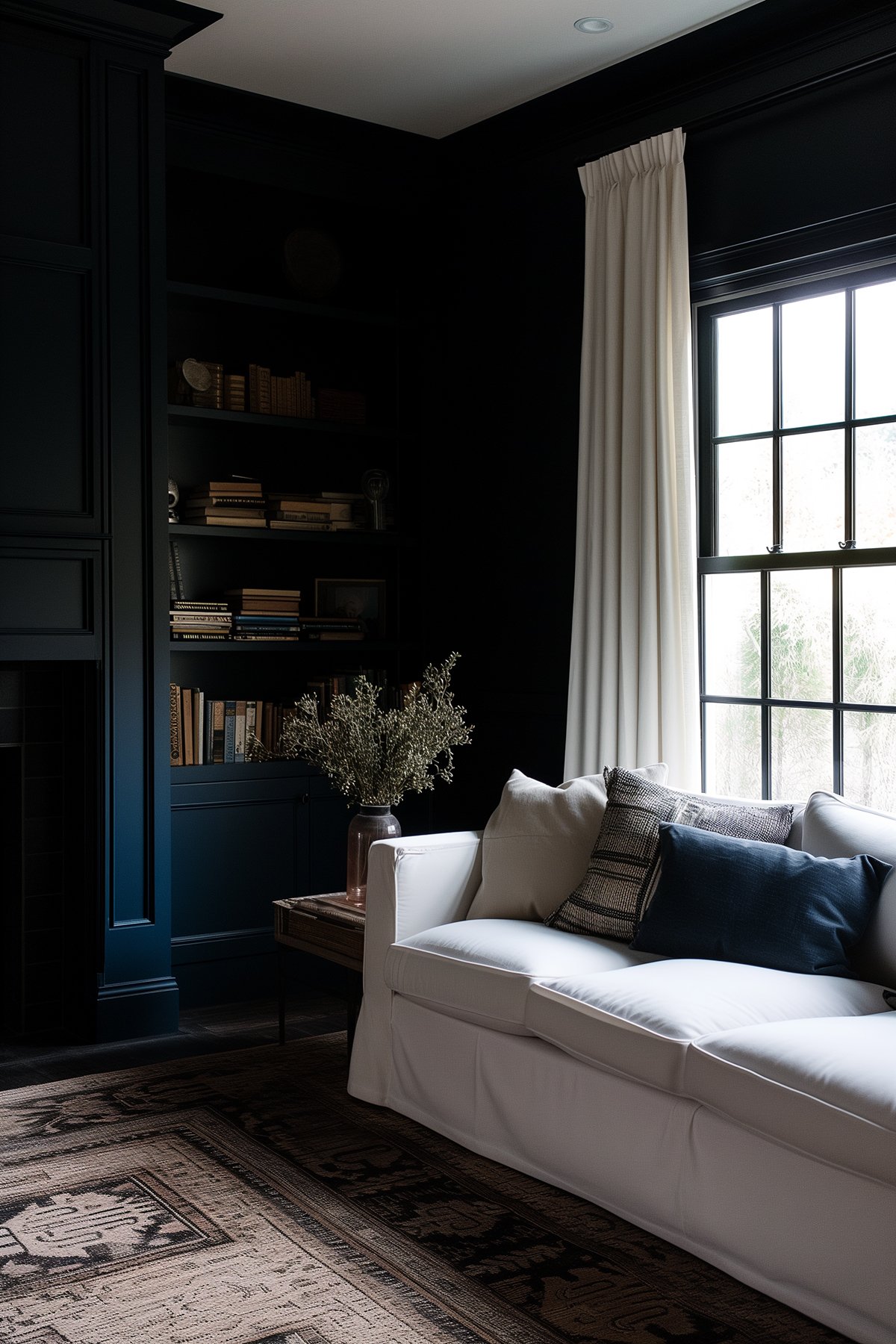
Why LRV Matters for Your Home
- Brighten Up Spaces: A paint color with a high LRV can make a room feel brighter and more open because it reflects more light.
- Create Coziness: A color with a lower LRV absorbs more light, making it ideal for creating a cozy or intimate feel in a space.
LRV Ranges and What They Mean for Your Room
- Whites (LRV 75-100): These colors reflect most light, making them perfect for making small spaces appear larger or brightening up a dark room.
- Off-Whites (LRV 60-74): Still bright and reflective, off-whites add a bit more warmth or coolness to a room without the starkness of pure white.
- Light Colors (LRV 46-59): Great for adding a hint of color while keeping the room airy and light. Ideal for living rooms or kitchens.
- Medium Colors (LRV 31-45): These colors start to absorb more light, creating a more defined atmosphere without darkening a room too much. Good for dining rooms or home offices.
- Dark Colors (LRV 0-30): Absorb a lot of light, making them perfect for creating a dramatic or cozy feeling. Best used in well-lit areas or as accent walls.
Using LRV to Your Advantage
- Brightening a Dark Room: Contrary to intuition, using a low LRV color in a dark room won’t brighten it up. Instead, opt for a higher LRV color to reflect the limited light and make the space feel more open and brighter.
- Enhancing Natural Light: In rooms with a lot of natural light, you can choose from a wider LRV range. High LRV colors will maximize brightness, while mid-LRV colors can add depth without making the room feel closed in.
- Creating Mood: Want a cozy, intimate space? Lower LRV colors can help achieve this, especially in areas where you want to relax or entertain.
Tips for Choosing the Right LRV
- Test Samples: Light changes throughout the day, so test paint samples in your space at different times to see how the LRV affects the color’s appearance.
- Consider Room Size and Use: Small, dark rooms benefit from higher LRVs, while larger, well-lit spaces can handle a broader range of LRVs.
- Think About the Overall Feel: Decide on the mood you want to create. Lighter colors for an open, airy feel, or darker shades for a snug, cozy atmosphere.
Understanding LRV simplifies choosing paint colors by giving you a scientific basis for your decisions, allowing you to predict how light or dark a color will look in your home and ensuring the final outcome meets your vision.
How Does Natural Light Affect the Appearance of Paint Colors?
Natural light can significantly impact the appearance of paint colors throughout the day. Colors with higher LRVs reflect more light and may appear lighter and more vibrant in well-lit rooms. In contrast, colors with lower LRVs might look richer and more saturated.
Can LRV Help Brighten a Dark Room?
Yes, choosing a paint color with a high LRV can help reflect more light around a dark room, making it appear brighter and more spacious. However, it’s important to remember that the actual amount of light in the room (natural or artificial) plays a significant role in the effectiveness of the LRV.
What’s a Good LRV for a Dark or Low-Light Room?
For a dark or low-light room, choosing a paint color with a higher LRV (around 60 or above) is generally a good strategy to help make the space feel brighter and more open.
What LRV Range is Considered Ideal for Most Situations?
For a room with decent light, where you’re aiming for a balance—not too light and not too dark—the perfect LRV range would likely be between 50 to 70. This range offers enough flexibility to add warmth and character to the space without overwhelming it with brightness or making it feel too enclosed.
Why 50 to 70 LRV?
- Versatility: Colors in this LRV range are versatile enough to work well in most lighting conditions, reflecting a good amount of light to keep the room feeling bright while still allowing for a noticeable color presence.
- Warmth and Depth: This LRV range strikes a nice balance, providing warmth and depth to a room without the starkness you might get from higher LRV values or the heaviness from lower LRVs.
- Color Perception: Colors within this range are rich enough to be visibly distinct and maintain their true hue under various lighting conditions, making them a great choice for living areas, bedrooms, and even kitchens and bathrooms.
Tips for Choosing in This LRV Range:
- Consider the Room’s Orientation: North-facing rooms might benefit from the higher end of this range to counteract the cooler, indirect light, whereas south-facing rooms can afford to go slightly lower within this range due to the abundance of warm, direct light.
- Test Samples: Always test paint samples on different walls at different times of the day to see how the color looks with your specific lighting conditions.
- Think About Mood: Even within this mid-range, the exact LRV you choose can influence the mood of the room. Slightly higher might feel more refreshing and open, while towards the lower end can feel more grounded and cozy.
Selecting a paint color within this LRV range is a great starting point for most rooms, offering a beautiful balance that enhances the space without dominating it.
FAQ’s
The LRV number can usually be found on the back of paint chips, in the paint brand’s fan deck, or on their website.
Yes, understanding the LRV of paint colors can help you create a cohesive color scheme by ensuring the colors you choose have complementary levels of light reflectance. This can help achieve a balanced look throughout your home.
Yes, when you lighten or darken a paint color, its LRV changes accordingly. Lightening a color increases its LRV (making it reflect more light), while darkening a color decreases its LRV (making it absorb more light).

